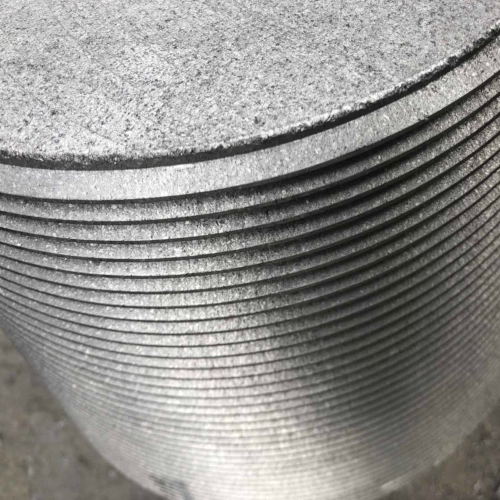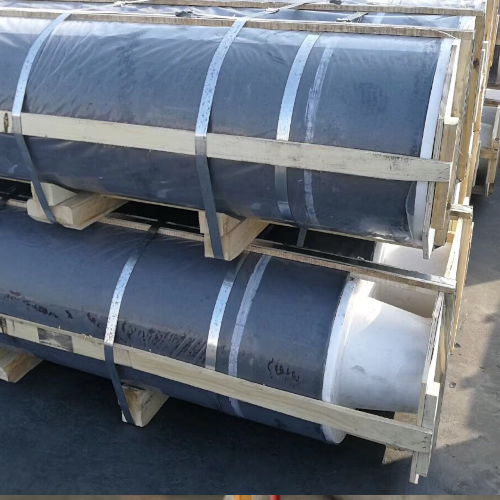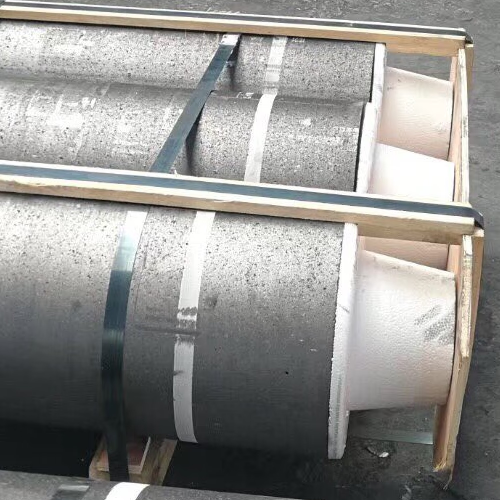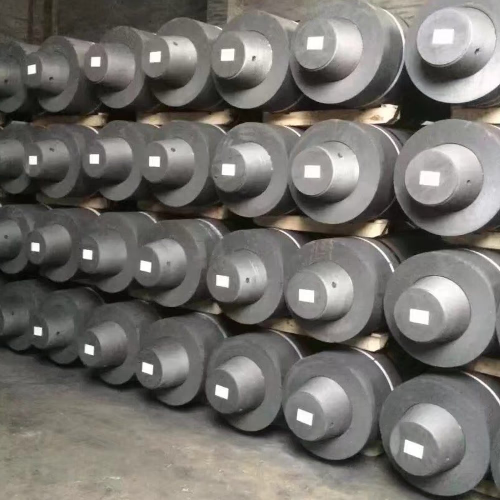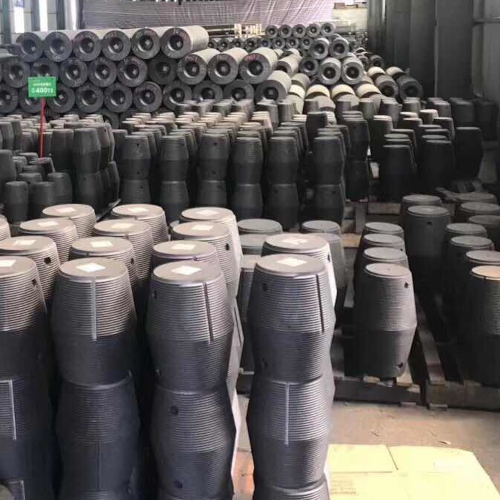What are Graphite Electrodes?
Graphite Electrodes heat and melt the steel scrap inside the electric arc furnace.
There are various ways to make iron, for example, the blast furnace method and the electric arc furnace method. The electric arc furnace method recycles used iron scrap by melting it in an electric arc furnace. It is the graphite electrodes inside the furnace that actually heat and melt the iron.
Graphite has high thermal conductivity and is very resistant to heat and impact. It also has low electrical resistance, which means it can conduct the large electrical currents needed to melt iron. In recent years, graphite electrodes have been made even more efficient: they can now conduct even higher currents and more power.
Natural graphite is mostly consumed for refractories, batteries, steelmaking, expanded graphite, brake linings, foundry facings, and lubricants. Graphene, which occurs naturally in graphite, has unique physical properties and is among the strongest substances known.
Natural graphite in steelmaking mostly goes into raising the carbon content in molten steel and can also be used to lubricate the dies used to extrude hot steel. Carbon additives are subject to competitive pricing from alternatives such as synthetic graphite powder, petroleum coke, and other forms of carbon. A carbon raiser is added to increase the carbon content of the steel to the specified level.
Specification
We supply graphite electrodes and other graphite products from high-quality raw materials.
- Graphite Electrodes (RP 100-960mm, HP 200-600mm, UHP),
- Graphite Electrodes (UHP 200-750mm from production partners),
- Graphite Pieces,
- Synthetic Graphite Powder,
- Graphite Shapes,
- Recarburisers.
-
RAW MATERIAL
- Petrol Coke
- Needle Coke
- Medium Temperature Pitch
-
WORK SHOPS
- Calcining
- Forming Pressing
- Baking
- Impregnating
- Machine Processing
- Graphitization
In addition, several other factors can impact the quality of the graphite electrode and its ability to carry a current such as length, diameter, bulk density, resistance, and porosity. For example, lower grades of coke do not allow for an electric current to pass through as easily.
